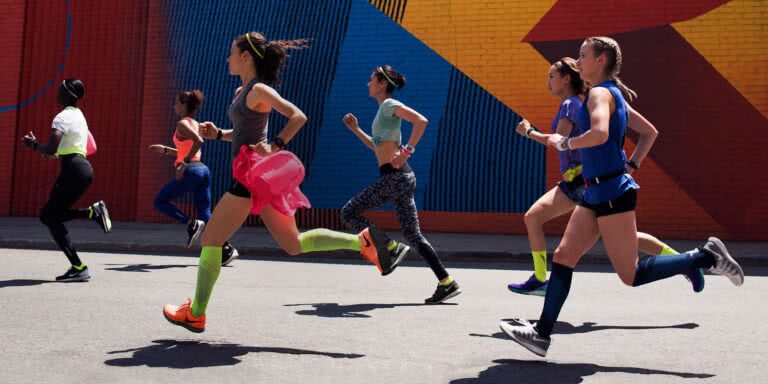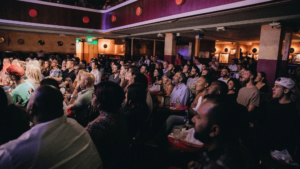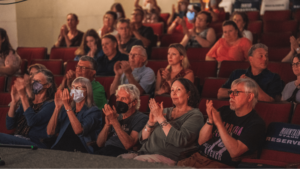This is a guest post by Rick Jenner, Client Services Director at Freestak: the endurance sports agency.
In the last 10 years there have been seismic changes to endurance sports’ event management and participation.
We spoke to 8 prominent industry experts from around the globe (including Australia, the United Kingdom, Ireland, Germany, Brazil, Argentina and the United States) to explore the challenges they face and how they see the future of the industry. Eventbrite have compiled the findings in this comprehensive Endurance Event Workbook, which you can catch a sneak peek of in this blog, the first of a three-part series.
The persona of race participants has changed
The most significant change over the last decade has been the widespread increase in the number of people taking part in sport. These are new audiences who come to endurance sports from a very different background to previous participants and – crucially – have different motivations and expectations.
“There are a lot more people in the market, but they have very different needs from sport. They aren’t serious athletes but people looking to have a positive experience with their friends.” (Tom Kerry, Limelight Sports, UK)
Whereas in the past, participants came to sport via traditional avenues, often competition, more people are now signing up to endurance events for an experience. This has lead to significant changes:
- A move away from organised sport (e.g. with clubs) to more informal and sociable events people can enjoy with friends (e.g. parkrun).
- The growth of new experiential activities such as colour runs and obstacle course racing, as well as flexible lifestyle activities such as functional fitness and yoga.
- A shift from the competitive to fun, location-based events – as seen in the decline in interest in triathlon and a resurgence in sports like trail running.
Social media is now the dominant means of engaging with participants
You may think that digital hardware has had the largest impact on events with things like live tracking, GPS watches, fitness trackers and mobile apps. However, the growth of social media has been more significant and widespread; it is now the primary marketing channel for event organisers. Communities are built, participants engaged with, and experiences shared on social media. This was once a ‘free’ channel, but it is now necessary to produce content of far better quality or pay to cut-through the noise to gain great levels of engagement.
“Most of our marketing is through social media, much more than broadcast media, but to get engagement it’s really important to be able to produce quality, credible content.” (Penny Matkin-Hussey, Cycling Australia)
Race participants expect more than just a medal
The number of endurance events have increased globally in line with demand, and with it the range and choice for participants. Increased competition has led to organisers having to compete on customer service and the full race experience not just on what medal they give out on the day. People have also seen big improvements in the customer experience in other spheres (think Apple, Amazon, Virgin) and this has also led to a higher level of expectation amongst participants when signing up to races.
“There is very strong competition in our market and huge expectation from participants. Companies like Google and Amazon have created greater expectation for customer service to be fast across all channels.” (Matthias Ernst, Xletix, Germany)
This increased expectation can be seen in all facets of events, including:
- Demand for fast multi-channel customer service both before and after the event
- A great, problem-free race day experience that is fun, social and shareable
- Expected post-event communication and rewards (the goody bag has never been more popular)
It has never been more important for event organisers to continue to innovate, to use customer insight and feedback and digital tools to engage continually with participants not just as an event, but as a brand.
Many of the changes our experts have observed are positive – the endurance event industry has never been as vibrantly popular. However, there is still significant downward pressure on price. With costs increasing, race directors are being asked to do more with limited resources.
In the second post in our three part series, we’ll explore some of the challenges race directors and event organisers face today in an ever-changing market.
You can pre-register now for our free Endurance Event Workbook, a definitive guide to help you take your event to the next level.




